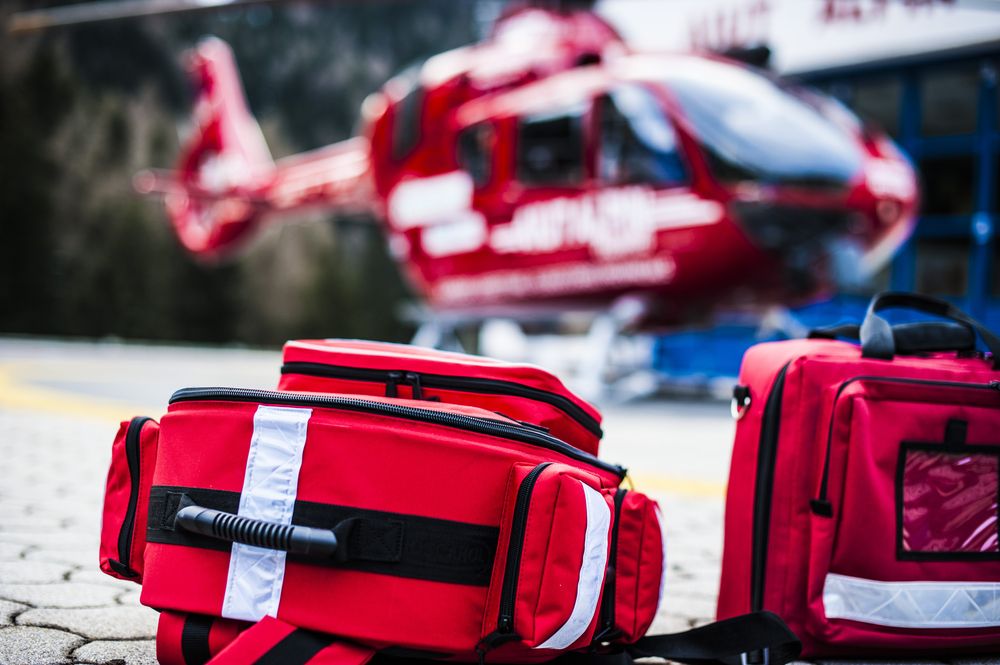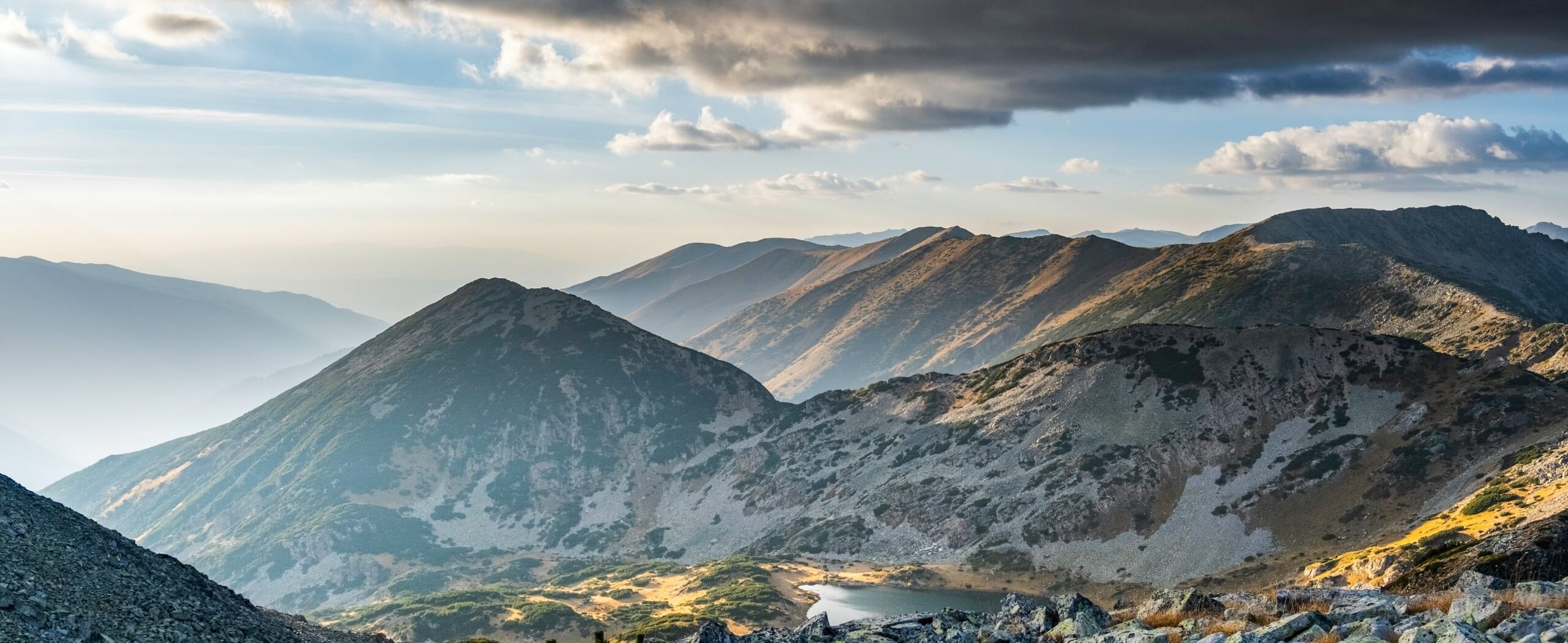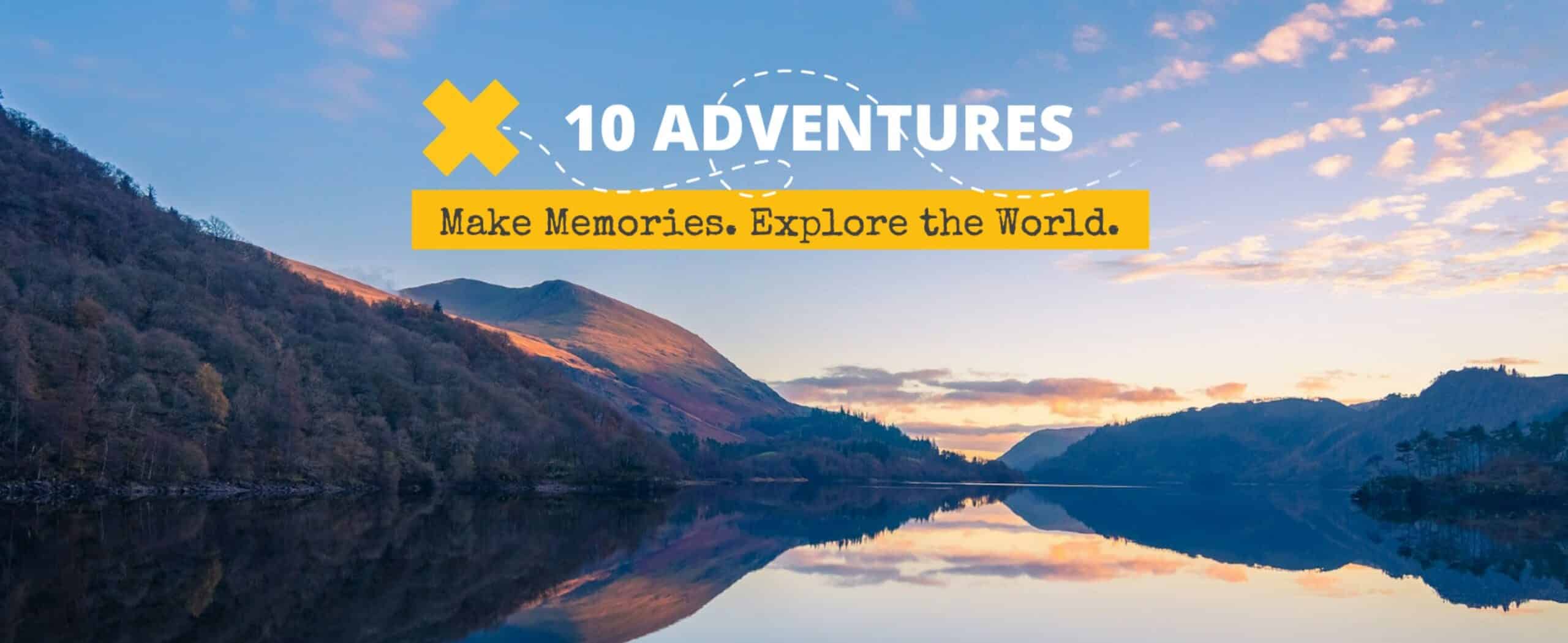Get a physical map and download GPS beforehand
You should have a physical map of the route you’re going to do. While most trails in national & provincial parks are well maintained and well signed enough to make it without one, it is still incredibly useful for planning times, breaks, and learning about the features around you. As well as relieving the worry about running out of battery, a physical map gives a visual overview of an entire area and can draw your attention to trails you may otherwise have missed
We also like to download an electronic map for our smartphone. If you are relying on your phone for GPS, a solar battery pack to keep your phone charged!
Learn first aid
Having some knowledge of first aid is critical in the backcountry. While it is great to help with mundane issues (like blisters, small cuts, sun-stroke and diarrhea) it can also be a huge benefit in more extreme cases, such as fractures, deep cuts or allergic reactions.
At minimum, consider taking a wilderness first aid course – the basic ones can be done over a weekend. Good wilderness first aid courses, in Canada called Adventure Medic or Advanced Adventure Medic Courses, take 5-days and 10-days respectively.
Investing in a first aid course, especially with a wilderness focus, is a great step in protecting yourself in the backcountry. If an accident happens, the knowledge you have could save your life or that of a fellow backpacker.
Pack a first aid kit
Paired with knowledge gained in the section above, a first aid kit is a vital piece of equipment on any backcountry trip – even if all you use it for is treating blisters and splinters.
Make sure you know what’s in your kit, and how to use it effectively. Ensure that the kit is equivalent to the size of your group and the length of your trip.
Finally, for your first backpacking trip, add extra Band Aids, some moleskin or second skin for blisters, a few over-the-counter painkillers and any other useful medications to round out your supplies. Trust us, you’ll be happy you have, and they weigh very little.
Satellite communications
Finally, we couldn’t imagine travelling without our Garmin inReach, which uses satellites to send emails and messages. They’re not cheap, and they do require a monthly subscription. However, they are one of the most important first aid devices you can own, and they enable help to be alerted in minutes rather than hours (or days) if you have to walk out and drive to an area with cell-phone service.
While it may still take hours for a helicopter or rescue crew to reach you, knowing they are on the way is a great help.

Inform people where you are heading
Before you leave, email a couple of reliable friends or family members the details of where you’re starting your trip, your destination, the estimated time of return and the phone numbers for all members of your group. This is very useful in case of emergencies and if you encounter an issue in the backcountry. After a long trip, it can be easy to forget to tell your designated contacts you have returned safely, but please try to remember – much time each year is spent by mountain rescue looking for people who are wrapped up warm in bed.

Check the weather forecast
We like to get a quality mountain weather report the morning we leave, and we usually take a screen grab. We like getting a mountain weather report, as that gives a better idea of what will happen in the mountains, as opposed to the nearby population centres. We use mountain-forecast.com which is excellent for this.
We also suggest checking for any trail updates, either using online trail conditions reports or by calling the local Parks or Tourism Office. Here in the Canadian Rockies I also like to check out the weekly bear report, to see if there are any aggressive bears in the area I’m going backpacking in.
Learn about bear safety
Bears are an issue in some parts of North America, and a bit of knowledge can really help in being safe. Check out our blog article on being bear aware.
Take care of your feet
Your feet are critical for your backpacking trip. If you get blisters, then hiking is going to suck. Blisters can also get infected, leading to bigger problems. So, no matter what you do, pay attention to your feet.
To begin with, have good boots that you’ve broken in. Ideally your boots are water-proof and can be paired with some lightweight gaiters to help keep the water from getting into your boots. Keeping your feet dry is a great way to keep them in great shape.
On hot days you also need to make sure your feet don’t overheat. I never wear gaiters when it’s dry and hot, and like to wear shorts, so my feet can breathe from the top of my boots.
Make sure you have the gear you need to treat blisters, like Band-Aids, moleskin and other types of tape to reduce blisters. Then, if you feel even a small rubbing stop and take care of your feet.
I also like to hike with liner socks. Liner socks allow your socks to rub against each other, reducing friction between your foot and the sock.
Finally, bring extra socks. The one thing I don’t skimp on is extra pairs of socks – reusing dirty socks makes you more prone to blisters and having a dry pair to change into after a wet day is wonderful.
Backpacking for the first time doesn’t have to be stressful! Check out our article on backpacking 101 to help ease any worries you might have.
This article is part of a series of articles for beginner backpackers. You can see other articles here:
We also have other articles to help you with the basics of travelling in wilderness, such as “How to poop in the Backcountry”, “Being safe around Bears” and “Trail Etiquette”.



Comments